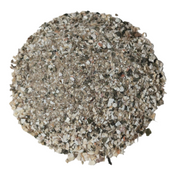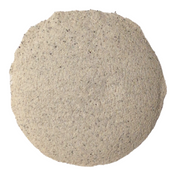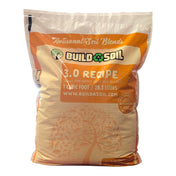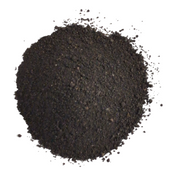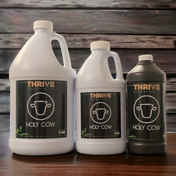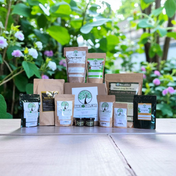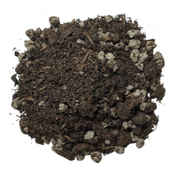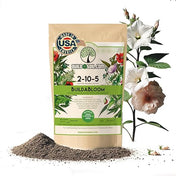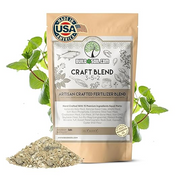So you just ordered an ounce or two or the best 200x Aloe on earth from BuildASoil.com and you want to make sure you are doing it right.
First off, I'm stoked for you, this Aloe is one of my favorite additions to my garden. I drink it and so do my plants.
Notes:
1/2 Teaspoon of this particular Aloe Powder weighs just over 1 Gram.
That means that 1/2 teaspoon is good to use for 4-5 gallons of water.
If you are mixing less, than just use less. I would use 1/8 teaspoon for 1 gallon of water.
Don't be scared if you use a little too much, it won't hurt, it will just be a slight waste.
1. Measure out some aloe powder based on the amount of water you want to use. I'm making enough for about 2 gallons here. Just under a 1/4 teaspoon.
2. Get a Glass of water with a fork or a whisk, my favorite is to use a Blender cup like for protein shakes.
3. Add some water, at least a cup or so and add the Aloe, it will have a little trouble separating and that's why you need to Shake Vigorously or Use a whisk, or even a Jar with a lid.... something to get the saponins activated and the mix into solution.
4. Let the Aloe water sit for 10 minutes so that it can totally integrate into the water before you add anything else. This isn't 100% necessary but is recommended. This is what it looks like after it's been mixed and left to sit.
5. Now add this to your water, I like to add this to my Chapin sprayer with a couple gallons of water and use it to water my seedlings etc.
That's it! It's easy to use and very effective.
Remember! Aloe has Salicylic acid. Salicylic acid is involved in local and systemic plant defense responses against pathogens. It plays a role during stresses such as drought, chilling, heavy metal toxicity, heat, and osmotic stress. SA can volatilize and warn neighboring plants of attack. Cool Stuff! Thanks to Pseudomona Lisa for the quote.








